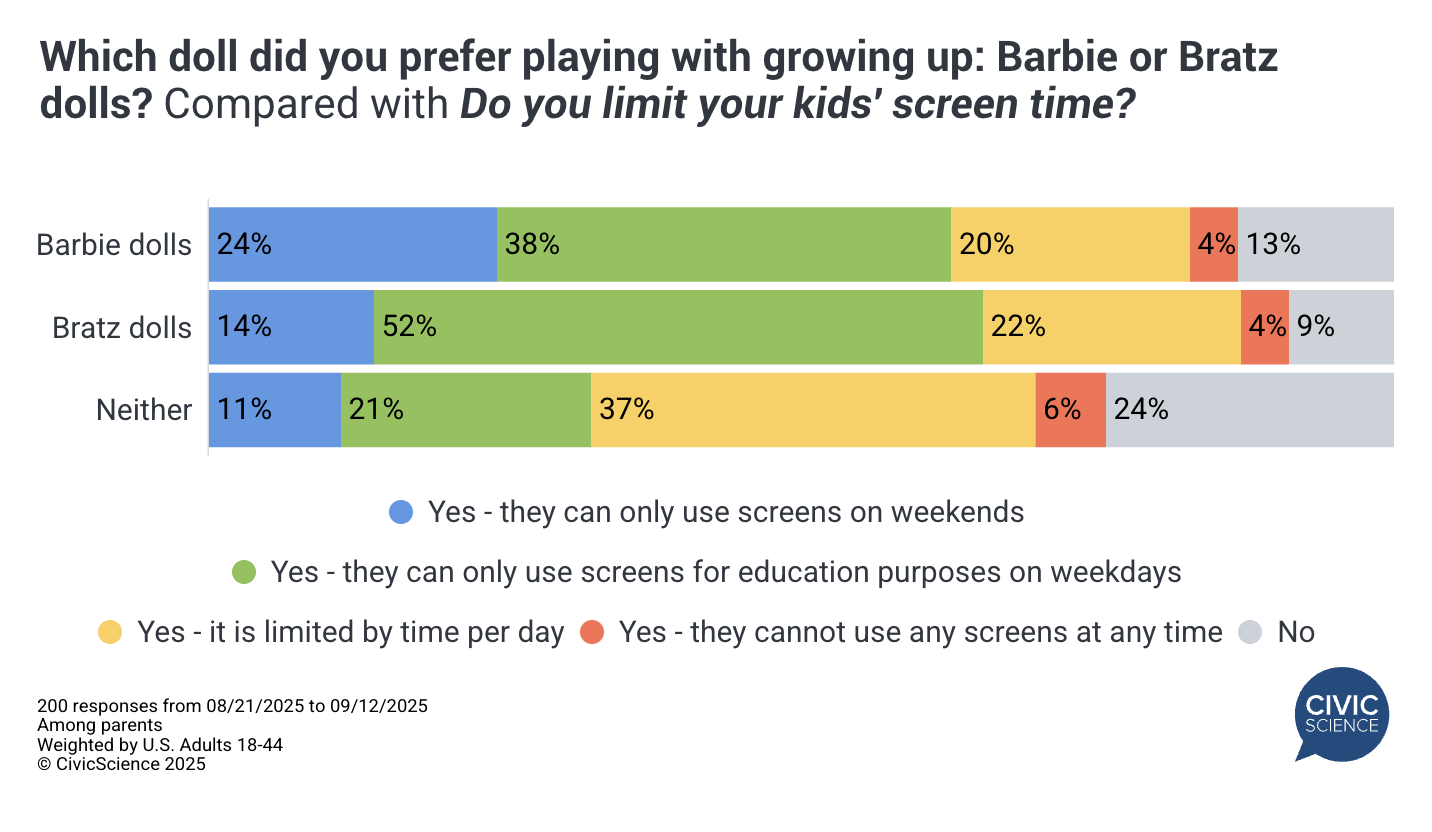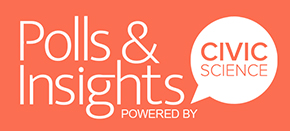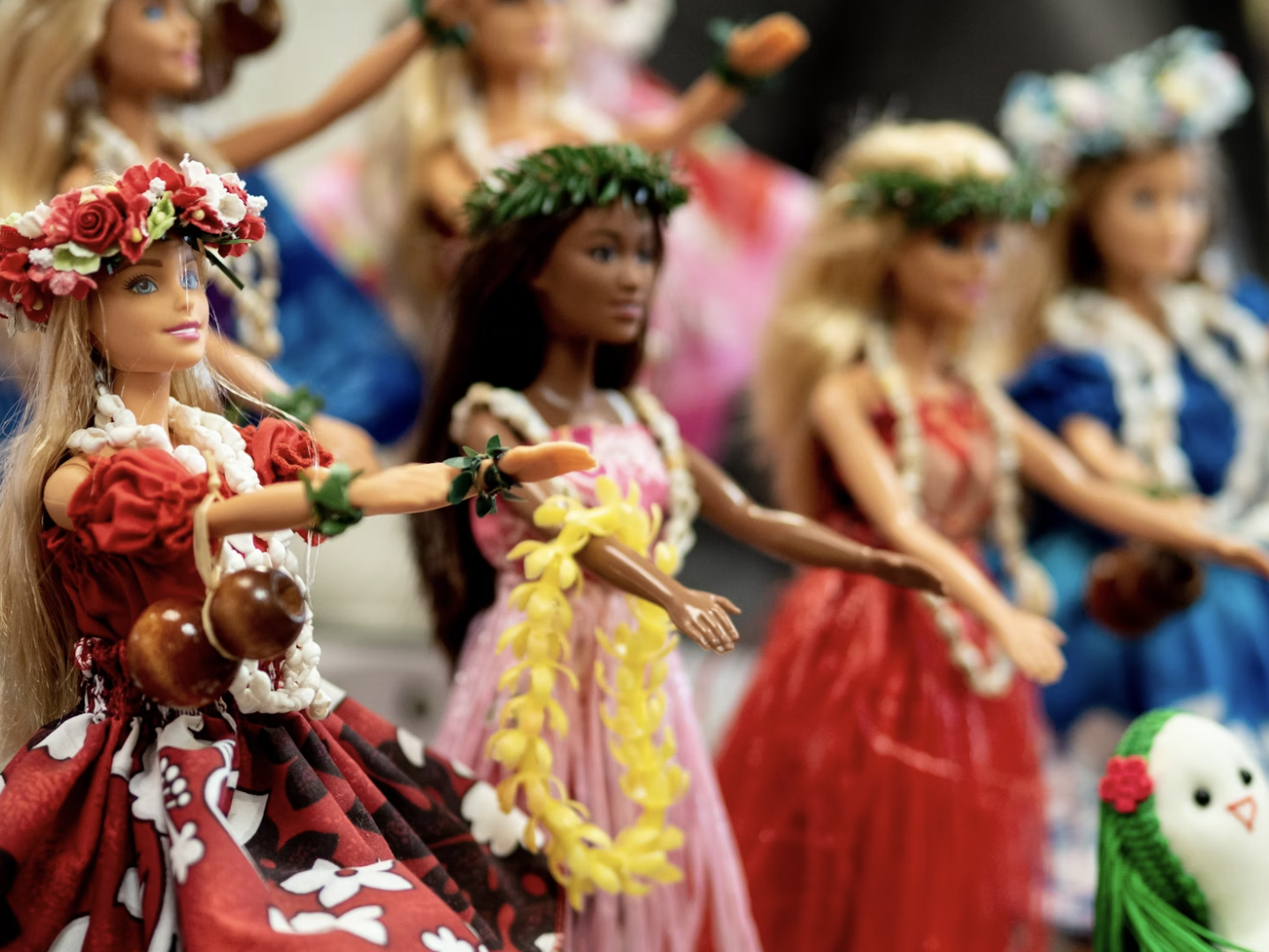Two of the most iconic dolls of the 2000s—Bratz and Barbie—still spark debate among those who grew up with them. A CivicScience survey looking specifically at U.S. adults ages 18-44 (Gen Z and Millennials) finds that 35% prefer Barbies and 26% prefer Bratz dolls (the remaining answered ‘neither’); however, preferences split sharply by age. Among those 18-29, Bratz dolls hold a 6-point lead, whereas those 30–44 prefer Barbie by more than two to one. The divide makes sense, as Bratz were the “newcomers” of the early 2000s, while Barbie had already reigned for decades.
High-income households lean toward Barbie, while lower-income households were more likely to say they grew up preferring Bratz. The same pattern holds for education: Barbie fans are more likely to hold a professional or graduate degree, while Bratz fans are more likely to have a high school diploma. Barbie was more popular among city dwellers and residents of the North and Northeast, while Bratz were favored in rural areas and particularly in the Western states.
But demographics aren’t the only thing setting these two groups apart:
- Tech & Media: Barbie fans are nearly twice as likely to read tech blogs and websites daily, while Bratz fans are 13 percentage points more likely to own or access a home gym.
- Screen Time & Parenting: Bratz fans are 15 points more likely to limit their kids’ screen time, only allowing devices for educational purposes during the week.
- TV Habits: Barbie fans are roughly twice as likely to watch local TV daily.
- Car-Buying: Barbie fans are also 10 points more likely to have bought a new car in the past 12 months.

The Bratz vs. Barbie divide is more than just about dolls—it reflects broader lifestyle choices, media habits, and spending patterns. Whether influenced by the bold newness of Bratz or the long-standing legacy of Barbie, fans show that childhood favorites can carry into adulthood in surprising ways.
Love taking polls? Sign up to participate in the Poll of the Day here.
This article’s data comes solely from CivicScience’s database, which contains nearly 700,000 poll questions and 5 billion consumer insights.


